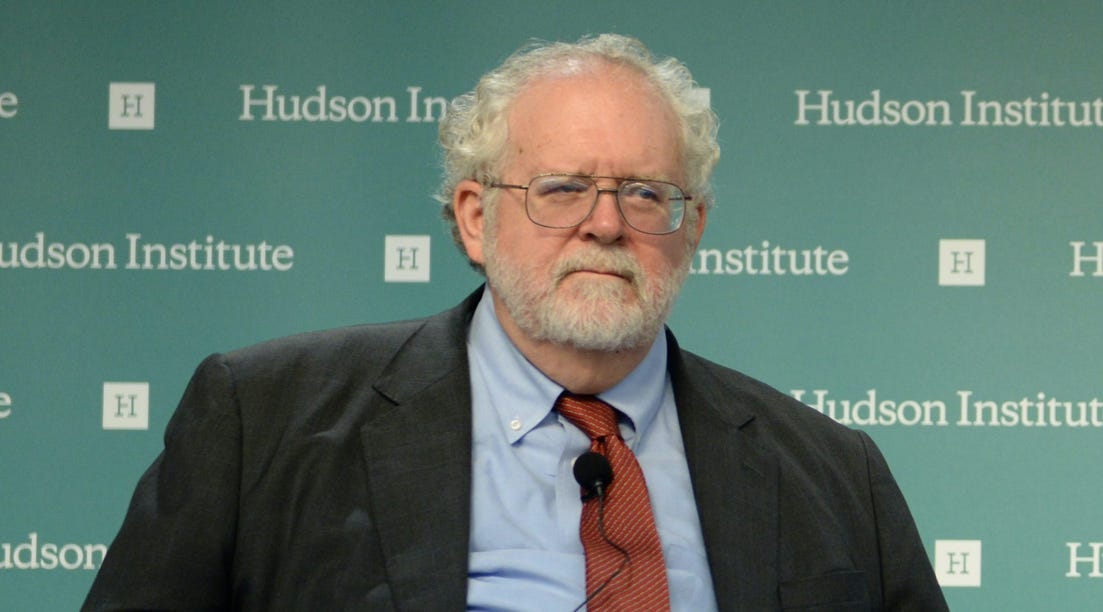What's up with the Jacksonian Realists?
An up-and-coming clique of conservatives aims to replace the Neocons, but are they America First?

Some in the conservative movement have valorized President Andrew Jackson as a symbol of populism. In particular, many from the Claremont Institute have taken up this narrative, borrowing the concept of “Jacksonian Realism” from conservative intellectual Walter Russell Mead. For Mead, a Council on Foreign Affairs and Hudson Institute contributor, “Jacksonian Realism” is one of four American foreign policy traditions, the others being the Hamiltonian, Jeffersonian, and Wilsonian schools. The DeSantis campaign and its committed online influencers, of which there was much overlap with the Claremont Institute, explicitly identified their candidate’s foreign policy with Jacksonian Realism. David Reaboi, former registered foreign agent for the Israel-aligned Hungarian government and proponent of “National Divorce” (secession), borrowed Mead’s phrase in describing Ron DeSantis. Christina Pushaw, rapid response director for the DeSantis campaign, also approved of the term as a descriptor of DeSantis. Additionally, Steve Bannon, inspired by Mead’s Jacksonian Realism, put a portrait of Andrew Jackson in the White House in 2017, claiming that the Trump movement represents the same populist current as Jackson’s. But is the Meadian view of Jacksonian Realism a true picture of the significance of the seventh President? What do they really mean by all this?

Jacksonian Realism is the name of a foreign policy style coined by Walter Russell Mead in his 1999 essay “The Jacksonian Tradition and American Foreign Policy,” and appeared in his 2001 book Special Providence. Mead defines Jacksonian Realism as the making of foreign policy decisions based solely on national interest and national honor, having no qualms about using maximum military force while minimizing the loss of American lives. It has been presented as an alternative to the extreme hawkishness of the neoconservatives without the isolationism of the “Jeffersonians” (as defined in Mead’s idiosyncratic fashion) or the idealism of the “Wilsonians.” In the words of Reaboi, it is neither isolationist nor neoconservative. Mead roots the Jacksonian feeling in deep cultural and folk-historical roots. He envisions Jacksonianism not so much as a rigorous body of beliefs, but rather the instinctive character of lower- and middle-class Americans, especially Southern Americans. It quickly becomes clear when reading Mead’s essay that his understanding of “Jacksonian Realism” is largely based on cultural history and cultural analysis, rather than being generalized from the actions or words of the seventh President himself.

But let’s look at the political beliefs of the namesake President and see if there is any solid reason for this characterization. Andrew Jackson believed in limited government and democracy, the latter taking the form of extending the franchise to all white men, instead of only landowning white men as originally delineated in the national and state Constitutions. This is democratic and liberal, not conservative. For those unfamiliar with the politics of the antebellum United States, the two main groups represented in the party system were...
To contine reading the full article, check out The American System using the link below. Consider signing up for the American Book Club email list as well.


